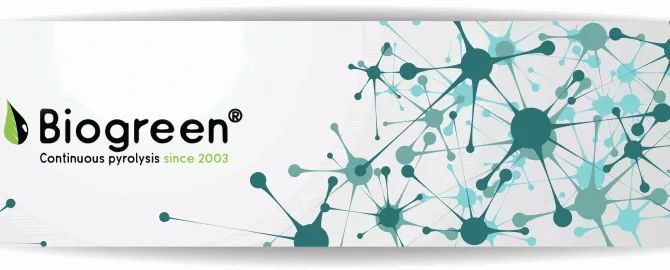Top 6 Pyrolysis Applications
Top 6 most exciting pyrolysis applications
With so much going on in the industry, it can be difficult catching up with all possibilities. Here’s our summary of Top 9 most exciting pyrolysis applications and business models for Biogreen® process.
Find out yours and let us know by contacting us!
Biomass valorisation
Worldwide, great quantities of residual biomass are produced and are waiting for the sustainable methods of their further management. They are often sold as a fuel at relatively low market prices. However, the residual biomass can be an attractive resource to the Biogreen® pyrolysis process, offering many ways to create the higher added value of it and generate bio products with a big market demand. In Biogreen®, we call this process a biomass valorisation.
1 - Biochar and heat / steam production
Pyrolysis allows converting clean wood biomass into biochar as a functional material (soil nutrient, bioremediation product, filtration material and many other). The possibility of changing the operating conditions in Biogreen® opens unique opportunity to produce your own functional material. In addition, produced energy from the process can be transformed into useful heat (for drying), steam (for industrial purposes) or other forms of power.
2 - Biocoal and solid fuels production
The low-temperature process of biomass torrefaction and carbonization allow obtaining high-quality calorific fuel at LHV 21 to even 29 MJ/kg, suitable for the power generation markets. Thanks to adaptable treatment conditions of the Biogreen® system, process can be carried exactly according to the required properties of the solid fuel. Small quantities of calorific gas obtained in the process can be an additional resource for drying.
Sewage sludge valorisation
Management of sewage sludge becomes an increasing problem for the environment. After the drying, Biogreen® pyrolysis treatment of sewage sludge opens a new route for the valorisation of this material into solid fuels or heat, without needless transportation and logistics linked to moving the sludge into big, centralised management centres.
3 - Sludge carbonisation
Low or medium temperature pyrolysis of dry sewage sludge allows obtaining sterilized, odorless and easy to store product, that can be provided further as a renewable source of energy. Thanks to the Biogreen® adaptability of processing conditions, you can choose the degree of treatment in order not to overheat the material and keep its important fuel properties.
4 - Sludge to heat
High-temperature pyrolysis is a process involving Biogreen® operating at temperatures of 800oC, aimed at the maximum decomposition of the sludge and generating as much as possible calorific syngas, that can be a source of energy for drying. Thanks to this type of treatment, Biogreen® can achieve high reduction rates and continuously produce energy to minimize the OPEX of your dryer.
Rubber from end of life tires
In many places used tires are seen as a problematic waste material difficult to get rid of. Biogreen® technology is answering this problem by providing the possibility of local processing of rubber from used tires and creating valuable products from the pyrolysis conversion.
5 - Recovered carbon black (reCB) and heat
Recovered carbon black is a material obtained from the solid product of tire pyrolysis process. Further treatment allows it to develop many useful properties that make reCB high added value product, which can be considered a filler for the rubber industry, paints and coatings, ink production, and many other industrial applications. Recycled carbon black produced in tire pyrolysis becomes increasingly popular, an environmentally friendly alternative to carbon black obtained from oil-based processes. In addition to that, Biogreen® pyrolysis allows obtaining a calorific mix of gases that can be a source of heat for your industrial processes and give extra source of income for your project.
6 - Recovered carbon black (reCB) and CHP
Production of reCB (see above) can be combined with more advanced methods of using the syngas in order to generate the steam, heat, and electricity – depending on your individual demand. Continuous Biogreen® process combined with suitable auxiliary equipment can allow producing useful reCB as a functional material, steam and hot water for district heating.
Biogreen is a thermochemical conversion process for converting biomass, waste and residues into high added value products.
Biogreen is a part of
Vow - vowasa.com
ETIA SAS
Carrefour Jean Monnet
BP 20101 60201, Compiègne
FRANCE
+33 3 44 86 44 20
NEWS
APPLICATIONS
© Copyright - ETIA SAS - a part of
Vow



